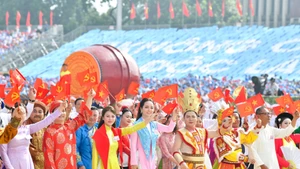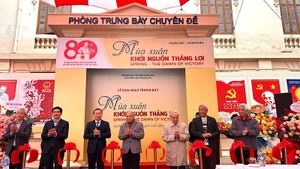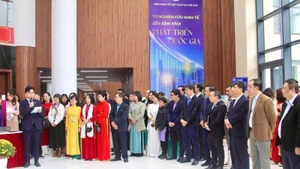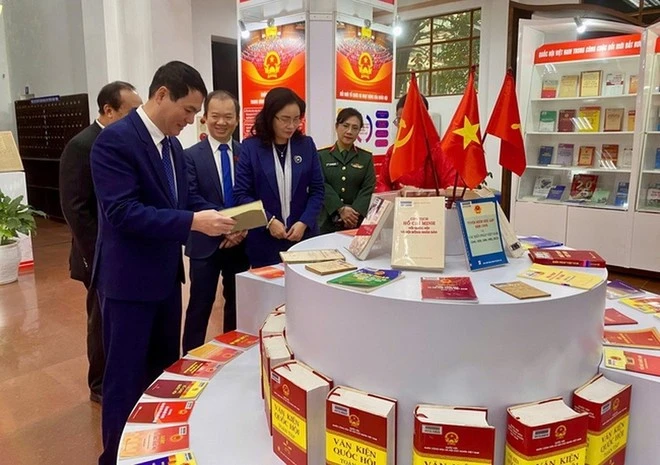The success of “Red Rain” demonstrates that domestic audiences—particularly the younger generation—still yearn to engage with historical and revolutionary war stories, provided such films can touch genuine emotions and inspire noble ideals.
No longer set apart from other genres, revolutionary war films are becoming bridges between national memory and the emotions of today’s audiences. “Red Rain” turns history into a vivid, moving experience, brought to life through human destinies marked by loss, sacrifice, and pride in being Vietnamese.
For many years, films on revolutionary war themes were often considered niche, struggling to compete in the film market. Yet the successive successes of “Peach Blossom, Pho and Piano”, “Tunnel: Sun in the Dark”, and now “Red Rain” have proven that, with adequate investment, artistic vision, and compelling cinematic language, audiences are willing to offer wholehearted support.
According to experts, the key to success in such films lies in three main factors: the appeal of the script, the techniques of staging and direction, and strong, well-tailored communication strategies.
Although the achievements so far may not be sufficient to transform the overall landscape of Vietnamese cinema, they nonetheless spark high hopes for the emergence of a genre of historical films that combine artistic merit with commercial appeal.
Such a genre would not only contribute to preserving national memory but also strengthen spiritual resilience, nurture patriotism, and foster civic responsibility. With further works of comparable stature, this current of cinema could well become a pillar of Vietnamese filmmaking in the new era.
For revolutionary war films to grow and make a positive contribution, collaboration from multiple stakeholders is essential. Long-term commissioning policies are needed, alongside greater creative autonomy, encouragement of healthy competition, and the development of professional distribution and promotional mechanisms.
For state-owned film studios, bold innovation is key, placing audiences at the centre, working with private partners to leverage strengths in communication and the market.
From the perspective of private producers, it is entirely feasible to take on historical and revolutionary themes when there is a strong script and a capable team, as audiences are ready to support. At the same time, filmmakers must constantly hone their craft, embrace new technologies, while preserving authenticity and humanity in storytelling.
Alongside box-office records, several films have planted renewed confidence in national cinema. With wholehearted dedication and intellect, such works can transcend the framework of “political tasks” to become compelling cultural attractions.
Professor Tran Thanh Hiep, Chairman of the Film Appraisal and Classification Council, affirmed that “Red Rain” has touched upon what is most sacred in the hearts of Vietnamese people. He also noted that, given resource constraints, it would be virtually impossible for any single studio to produce a revolutionary war film of the scale of “Red Rain”, and that the material and technical support provided by the Army must be fully acknowledged.
Professor Tran Thanh Hiep expressed his belief that the recent successes of films exploring revolutionary war themes may herald a new era in the treatment of major national topics in Vietnamese cinema.
The success of these films provides tremendous encouragement to filmmakers, particularly the younger generation. It also proves that Viet Nam does have an audience willing to support cinema and, specifically, revolutionary war films.
This reality calls on production units to learn to collaborate, attract talent, adopt effective communication strategies, and, above all, nurture great ambition and invest commensurately with the subject matter.
The successful examples so far also show that institutions and individuals can indeed work together to forge a confident and distinctive identity for Vietnamese cinema in this era of integration.
















